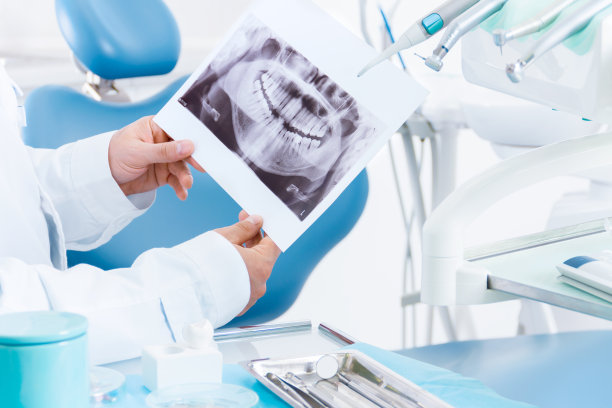The Comprehensive Guide to Extracting a Tooth and What to Expect After the Procedure
Summary: Extracting a tooth can be a daunting experience for many individuals, yet understanding the process can alleviate some of the anxiety involved. This comprehensive guide will cover four critical aspects of tooth extraction: the reasons for extraction, the process involved, post-operative care, and potential complications. By the end of this article, readers will have a clearer understanding of what to expect during and after the procedure, which will help them feel more prepared and informed. Proper knowledge can foster confidence, ensuring that patients approach their dental treatment with peace of mind.
1. Reasons for Tooth Extraction

Tooth extraction is typically recommended for various reasons, primarily to address issues such as decay, gum disease, or crowding. One common reason is dental decay that has progressed beyond the point of repair. If a tooth is severely decayed and cannot support a filling, extraction may be the best solution to prevent further infection.
Another reason for extraction is periodontal disease, which can cause the supporting structures around the teeth to deteriorate. This infection can lead to tooth mobility or loss, making extraction necessary to maintain overall dental health.
In some cases, tooth extraction is performed due to overcrowding. Orthodontic treatment often requires the removal of teeth to create space for proper alignment. This preventive measure can significantly enhance the effectiveness of braces or other orthodontic appliances.
2. The Tooth Extraction Process
The tooth extraction process begins with a thorough examination by a dental professional, including X-rays to assess the tooths condition. Once the decision for extraction is made, the dentist will discuss the procedure and the type of anesthesia to use, usually local anesthesia to numb the area.
During the procedure, the dentist will gently remove gum tissue if necessary, loosening the tooth from its socket. Depending on the tooths condition, the extraction may be simple or surgical. A simple extraction typically involves visible teeth, while surgical extractions may be needed for impacted teeth, requiring incisions in the gums.
3. Post-Operative Care Guidelines
Proper post-operative care is crucial for a smooth recovery after a tooth extraction. Patients are generally advised to avoid vigorous activities for at least 24 hours post-surgery to prevent complications such as bleeding or dislodging the blood clot.
Its essential to follow the dentists instructions regarding pain management. Over-the-counter pain relievers or prescribed medications can help alleviate discomfort. Additionally, patients should adhere to a soft-food diet in the days following the extraction to facilitate healing without irritation to the extraction site.
Maintaining oral hygiene remains vital. Patients should gently rinse their mouths with warm salt water to reduce the risk of infection while avoiding vigorous swishing that could disturb the healing process. Regular check-ups may be suggested to ensure proper healing.
4. Potential Complications After Extraction
Though tooth extractions are generally safe, potential complications can arise, necessitating awareness from patients. One such complication is dry socket, which occurs when the blood clot at the extraction site fails to form or becomes dislodged. This condition can lead to severe pain and requires prompt dental intervention.
Infection is another risk associated with tooth extraction. Signs of infection include prolonged pain, swelling, or the presence of pus. If any of these symptoms occur, patients should contact their dentist immediately for assessment and treatment.
Lastly, numbness or altered sensation in the lips, gums, or tongue may persist after extraction. This is often due to nerve irritation or damage during the procedure; however, most cases resolve over time. Understanding these potential complications can help patients monitor their healing process and seek help when needed.
Summary: Understanding the comprehensive process of tooth extraction is essential for anyone facing this dental procedure. From the reasons prompting extraction to the care required afterward, being informed can ease anxiety and contribute to a smoother recovery. Awareness of potential complications and proactive care can lead to better outcomes and enhanced dental health in the long term.
This article is compiled by Vickong Dental and the content is for reference only.



